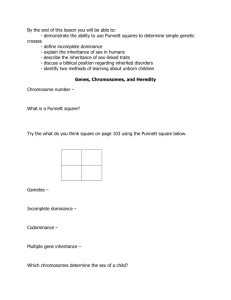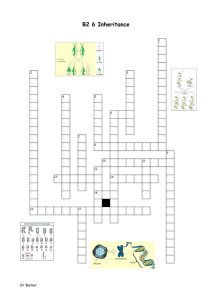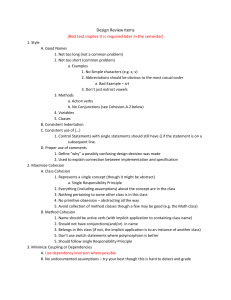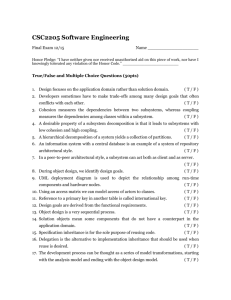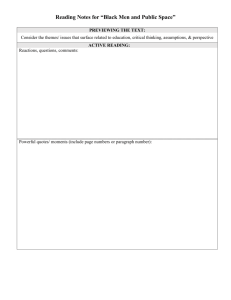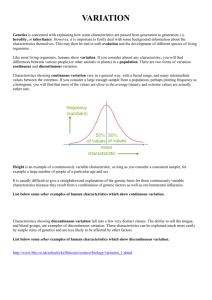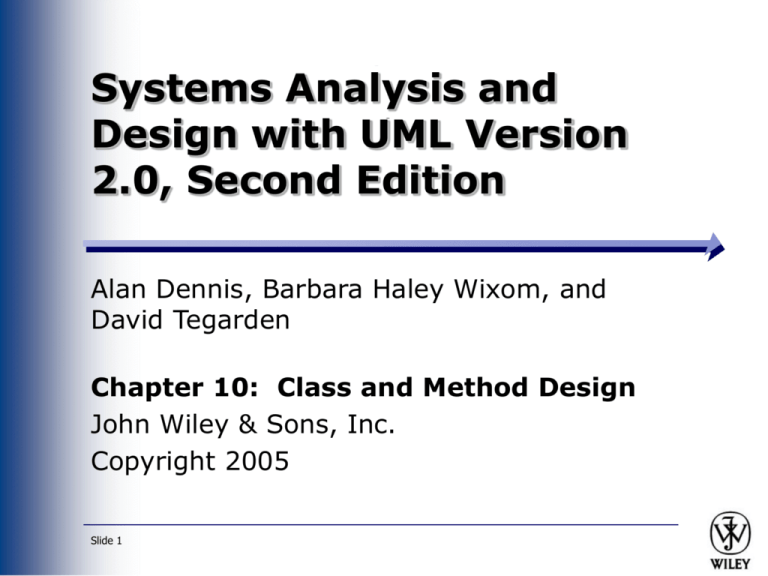
Systems Analysis and
Design with UML Version
2.0, Second Edition
Alan Dennis, Barbara Haley Wixom, and
David Tegarden
Chapter 10: Class and Method Design
John Wiley & Sons, Inc.
Copyright 2005
Slide 1
Copyright © 2005
John Wiley & Sons, Inc.
All rights reserved. Reproduction or translation of this
work beyond that permitted in Section 117 of the 1976
United States Copyright Act without the express written
permission of the copyright owner is unlawful.
Request for further information should be addressed to
the Permissions Department, John Wiley & Sons, Inc.
The purchaser may make back-up copies for his/her own
use only and not for redistribution or resale.
The Publisher assumes no responsibility for errors,
omissions, or damages, caused by the use of these
programs or from the use of the information contained
herein.
Slide 2
REVISITING THE BASIC
CHARACTERISTICS OF
OBJECT-ORIENTATION
Slide 3
Levels of Abstraction
Slide 4
Elements
Classes
Objects
Attributes
States
Methods
Messages
Slide 5
Encapsulation
Hiding the content of the object
from outside view
Communication only through
object’s methods
Key to reusability
Slide 6
Polymorphism
Same message triggers different
methods in different objects
Dynamic binding means specific method
is selected at run time
Implementation of dynamic binding is
language specific
Need to be very careful about run time
errors
Need to ensure semantic consistency
Slide 7
Inheritance
Single inheritance -- one parent
class
Multiple inheritance -- multiple
parent classes
Redefinition and inheritance conflict
Most inheritance conflicts are due to
poor classification
Slide 8
Rumbaugh’s Rules
Query operations should not be redefined
Methods that redefine inherited ones should only restrict
the semantics of the inherited ones
The underlying semantics of the inherited method should
never be changed
The signature (argument list) of the inherited method should
never be changed
Slide 9
Additional Inheritance
Conflicts
Two inherited attributes or
methods have same name and
semantics
Two inherited attributes or
methods have different name, but
same semantics
Two inherited attributes or
methods have same name and
different semantics
Slide 10
Inheritance Conflicts with
Multiple Inheritance
Slide 11
Design Criteria
Chapter 10
Slide 12
Coupling
Indicates the interdependence
or interrelationships of the
modules
Interaction coupling
Relationships with methods and
objects through message passage
Slide 13
Interaction Coupling
Slide 14
Types of Method Cohesion
Slide 15
Ideal Class Cohesion
Contain multiple methods that
are visible outside the class
Have methods that refer to
attributes or other methods
defined with the class or its
superclass
Not have any control-flow
coupling between its methods
Slide 16
Types of Class Cohesion
Slide 17
Connascence
Two modules (classes or
methods) are so intertwined,
that if you make a change in
one, it is likely that a change in
the other will be required
Slide 18
Connascence and
Encapsulation Levels
Minimize overall connascence by
eliminating any unnecessary
connascence throughout the
system,
Minimize connascence across any
encapsulation boundaries, such as
method boundaries and class
boundaries,
Maximize connascence within any
encapsulation boundary.
Slide 19
Object Design Activities
Slide 20
Types of Connascence
Slide 21
Additional Specification
Ensure the classes are both
necessary and sufficient for the
problem
Finalize the visibility of the
attributes and methods of each
class
Determine the signature of every
method of each class
Define constraints to be preserved
by objects
Slide 22
Identifying Opportunities for
Reuse
Analysis patterns
Design patterns
Frameworks
Libraries
components
Slide 23
Restructuring the Design
Factoring
Separate aspects of a method or class
into a new method or class
Normalization
Identifies classes missing from the
design
Challenge inheritance relationships
to ensure they only support a
generalization/specialization
semantics
Slide 24
Optimizing the Design
Review access paths between
objects
Review each attribute of each
class
Review fan-out of each method
Examine execution order of
statements
Create derived activities
Slide 25
Map Problem Domain Classes
to Implementation Languages
Single-Inheritance Language
Convert relationships to
association relationships
Flatten inheritance hierarchy by
copying attributes and methods of
additional superclass(es)
Slide 26
Implement in Object-Based
Language
Factor out all uses of
inheritance from the problem
domain class design
Slide 27
Constraints and Contracts
Slide 28
Types of Constraints
Pre-Conditions
A constraint to be met to allow a
method to execute
Post-condition
A constraint to be met after a method
executes
Invariants
Constraints that must be true for all
instances of a class
Slide 29
Invariants
Slide 30
Elements of a Contract
Slide 31
Elements of a Contract
Data Dictionary
Method Description
TEMPLATE
Name
Class Name
Purpose
Triggers/Events
Arguments Received
Name
Data Type
Methods from Other Classes
ClassName.MethodName
Comments
Argument Returned
Data Type
Comments
Algorithm Specification
Slide 32
Comments
Method Specification
Slide 33
Method Specification
General information
Events
Message passing
Algorithm specification
Structured English
Pseudocode
UML activity diagram
Slide 34

